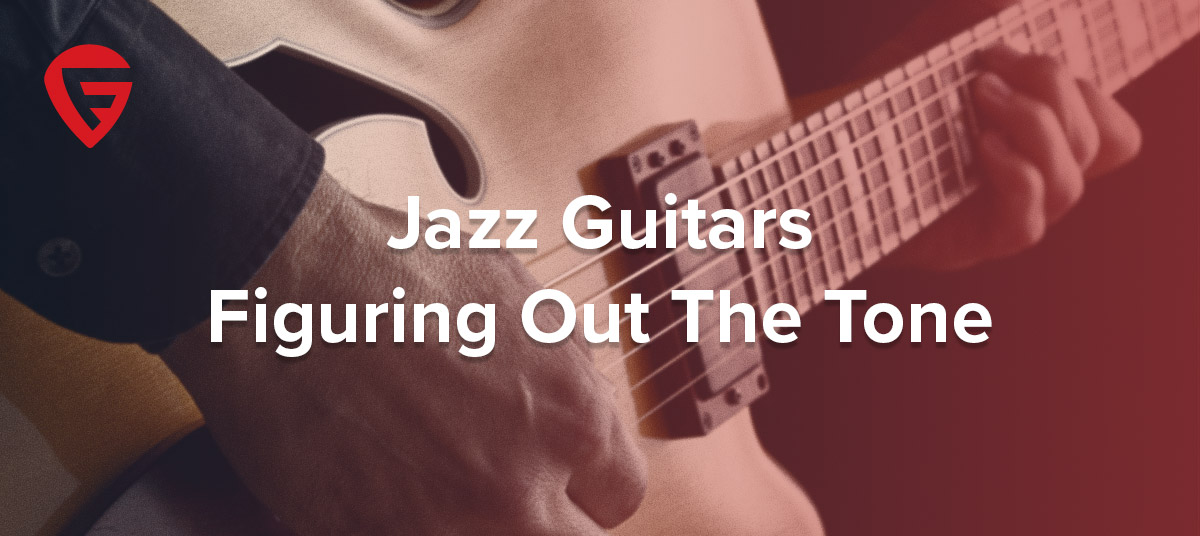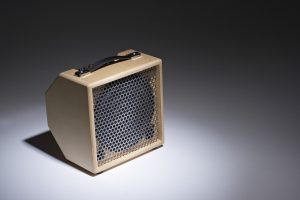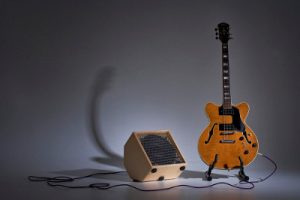- Home
- Instruments
- Gear
- Recording
- Lessons
- Reviews
- Blog

Getting started in jazz not only takes some serious skill, but it defines a milestone for many guitar players. We’ve already talked about how to find a decent jazz guitar for you, which you can read all about in this article.
What we want to know today is how to figure out that jazz tone. Answering this question is a lot harder than just pointing you in the direction of a certain guitar model. Gear, as you’ll soon find out, is not the essential part of this question.
If you feel like diving into the meaty bit right away, feel free to consult our list of Best Jazz Guitars on the market.
 If you talk to more experienced jazz players and ask them what the most important part of a good jazz tone is, they will probably place the gear at a very low point on that short list. What you will see at the top goes against what many people believe. It’s all about your skill and your touch. Just about any guitar combined with a decent amp can be tweaked to tap into that jazz range. It might be very narrow, but it’s there.
If you talk to more experienced jazz players and ask them what the most important part of a good jazz tone is, they will probably place the gear at a very low point on that short list. What you will see at the top goes against what many people believe. It’s all about your skill and your touch. Just about any guitar combined with a decent amp can be tweaked to tap into that jazz range. It might be very narrow, but it’s there.
The type of gear you get can range from a $1000 rig to a $40000 one, but if you don’t have it in your fingers, you won’t get far. If you’d like to learn more about specific range of guitars that might be a good place to start, check out our guide here ‘Jazz Guitar Shopping Guide – What To Look For’.
Some of the bare basics of setting up your guitar and amp will come down to using both of your pickups, spiking middles at the cost of bass and generally lowering the volume on your guitar. You are going to regulate the volume on the amp.
 That’s the very basic approach to dialing-in a jazz tone with just about any set of equipment. Start playing those settings and see what needs to be adjusted. But one thing you don’t want to do is dismiss the tone settings after 10 minutes of jamming. No, stick with it for a couple of hours. It’s meticulous work, but it’s definitely worth the effort.
That’s the very basic approach to dialing-in a jazz tone with just about any set of equipment. Start playing those settings and see what needs to be adjusted. But one thing you don’t want to do is dismiss the tone settings after 10 minutes of jamming. No, stick with it for a couple of hours. It’s meticulous work, but it’s definitely worth the effort.
A solid jazz tone is not dialed in, it’s developed over time. How ‘authentic’ you will sound only depends on how well you can manipulate the tone you dialed in. It’s highly suggested to find a setting that works well, and stick with it until it starts limiting you in some way. Once you hit that limit, adjust the tone until you no longer have that issue.
If you skip from tone setting to tone setting, you will end up confused and frustrated. Leaving the tone knobs alone will allow you to explore the boundaries of your own ability, and see how your fingers alone impact the tone. We’re talking string attack, how smooth you are on the fretboard and similar things that all add up to a decent tone.
Jazz, unlike rock or blues, really requires a different type of skill. It’s not about which genre requires more skill, it is more of a lateral comparison. Since jazz is definitely different compared to other genres of music, no matter what you’ve been playing until now, you will need to relearn some things. However, once you meet your goals, and start enjoying the unique experience that is playing jazz, you will understand why many take this route.
What we tried to tell you with this article is that a good tone can’t be bought. You have to have it in your hands and fingers. Some of the craziest jazz guitar players used pretty unusual guitars that would be considered anything but jazz guitars. Yet they achieved that jazz tone every time.

Reader Interactions